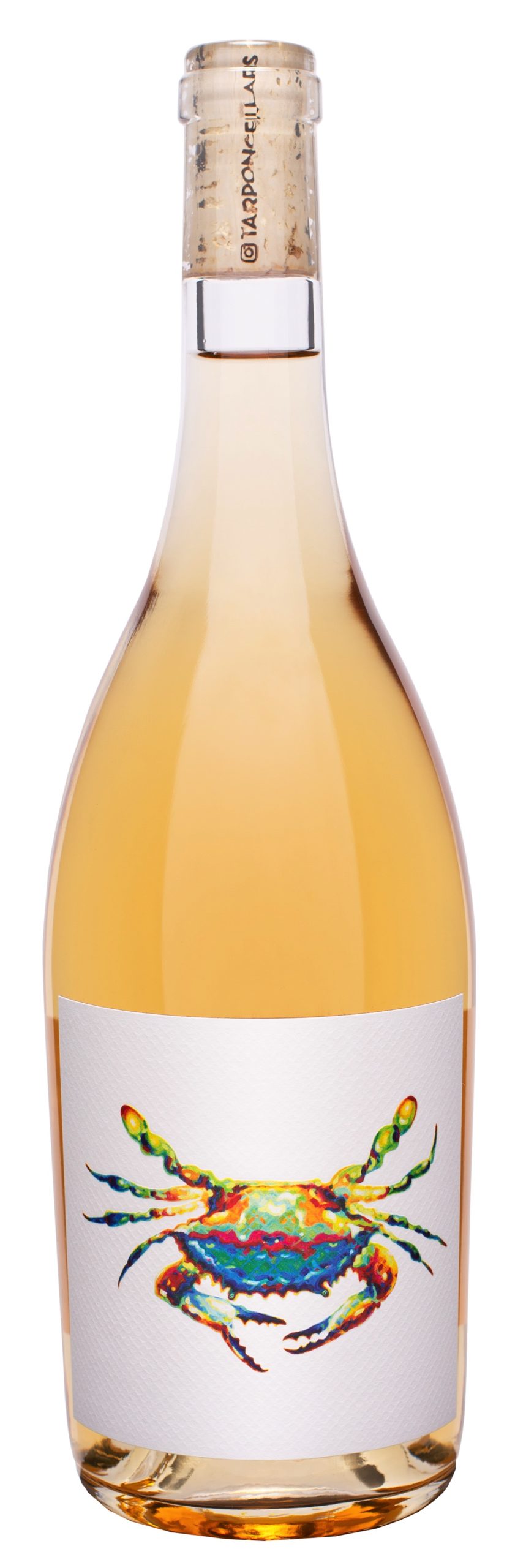
In the early 1990s, inspired by Georgian winemaking techniques and natural viticulture, a pair of cult winemakers from the northeastern Italian region of Friuli-Venezia Giulia, Stanko Radikon and Joško Gravner, began to produce skin-contact wines. Georgian qvevri fully buried, alongside Rkatsiteli grapes destined for fermentation / Photo courtesy Wines of Georgia The traditional method of winemaking used in the region is to let indigenous white grapes like Rkatsiteli and Tsolikouri ferment on their skins undisturbed in clay vessels called q vevri. “Amber wine” is the preferred term for skin-contact wines from the Republic of Georgia, where the technique is said to have originated. The name can create confusion over whether the wines contain actual oranges, so many proponents prefer to call them “skin-contact wines.” It’s why they’re often referred to as orange wine, though not all skin-contact wines are orange in color. But even with white grapes, if you let the juice ferment on the skins, it extracts additional tannin and flavor, just like in red wines.ĭuring maceration, the wines can become darker than the average white bottling. Most white wines are made by pressing grapes after harvest, and only the resulting juice is fermented. When people talk about skin-contact wines, they usually refer to white grapes that are vinified like red wines.

Worker emptying white grapes into crusher at Nodari Wine Cellar, Georgia / Getty Rosés usually undergo less than 12 hours macerating on their skins before the juice is pressed off and fermentation is allowed to finish, though some can rest on their skins for up to a week. Most red wines are made by fermenting grapes with their skins for the entire period of alcoholic fermentation, though the juice can be separated earlier if the winemaker seeks lighter taste or body. Reds and some rosés get their color from maceration.
SKIN CONTACT WINE SKIN
Skin contact is another term for maceration, or the period during winemaking when the grape skins remain in contact with the juice. What is “orange wine,” or skin-contact white wine? People eager to try new styles of wine have made skin-contact wines a regular fixture beyond just niche restaurants and bars.

Less than a decade ago, these distinctive wines came in like a fad, but their mystique and quality fueled a popularity that has gone far beyond the style’s initial champions.Īlso known as “orange wines,” “amber wines” or ramato, these bottlings aren’t just quirky, esoteric outliers meant to appeal to sommeliers.

The unusual charms of skin-contact white wines come as a novel thrill to most.


 0 kommentar(er)
0 kommentar(er)
